How Black activism birthed Knoxville's Martin Luther King Jr. Avenue
- Oops!Something went wrong.Please try again later.
It was 1988, and Charlene Lewis was using her voice for change.
She and other local leaders spent days going door to door along East Vine Avenue with a petition to rename the street after civil rights leader the Rev. Martin Luther King Jr.
Lewis was in sixth grade when the icon was assassinated. It was hard to understand at such an early age, but she heard the stories from family members and knew her brother demonstrated to integrate the Tennessee Theatre. A part of her wanted to be like him.
"As I heard these stories, it became more and more important to me as I got older to see us not just try and get along but to be progressive and make a difference," Lewis said.
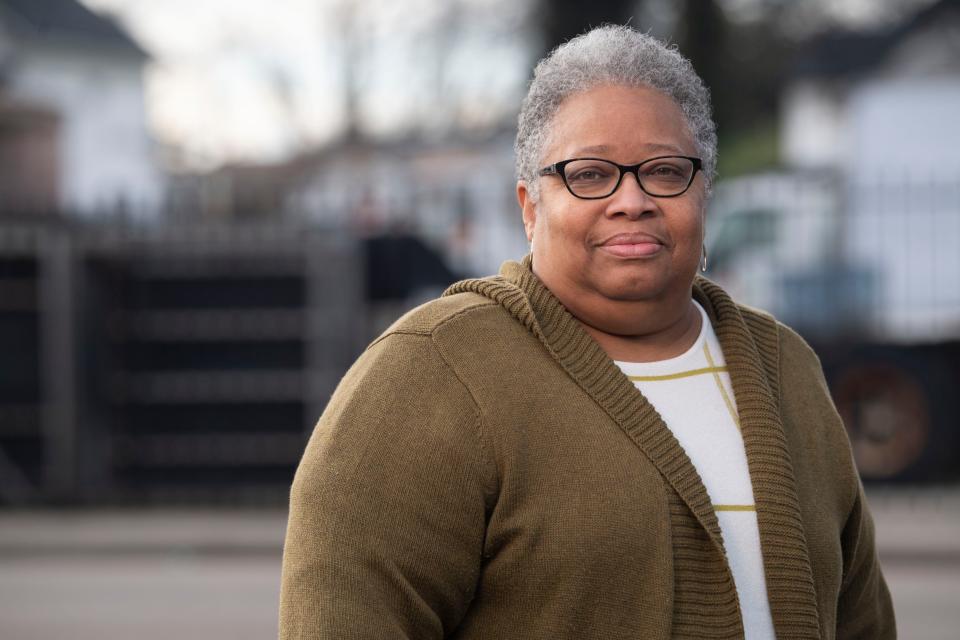
In at least one encounter, she remembers a business owner using a racist slur against King. But opposition from a few didn't stop change.
The process of renaming streets after civil rights activists has never been an easy one. But Black leaders and community members have spearheaded the movement to rename more than 900 streets across the country after King.
“What’s important for people to know is that many of these streets across the country named after Dr. King, including Knoxville, doesn’t happen without Black activism,” said Derek Alderman, a professor of geography at the University of Tennessee at Knoxville.
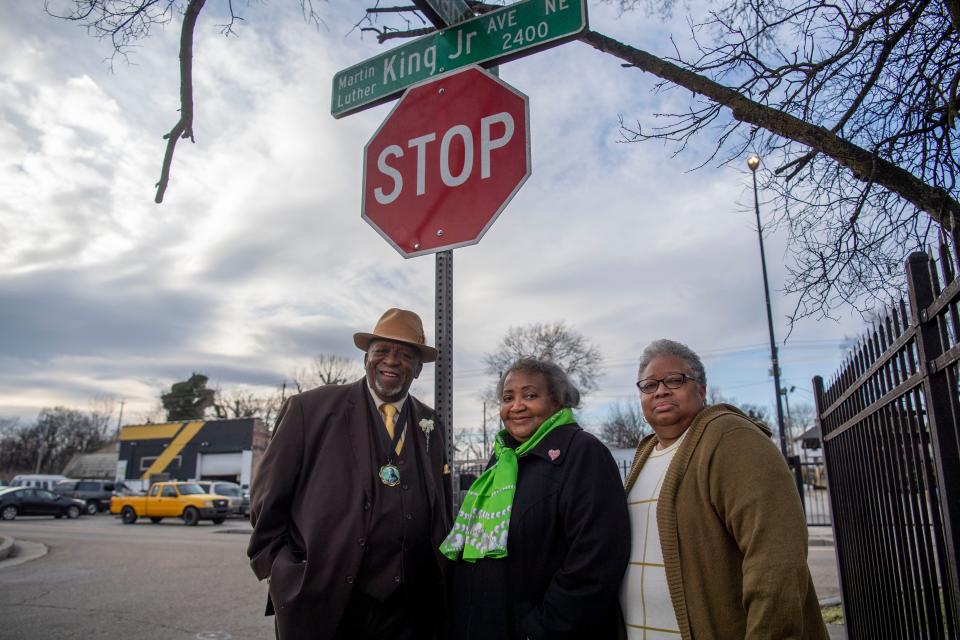
Alderman’s MLK Street Project examines how renaming streets after King is part of a watershed movement to rewrite and reclaim U.S. history in a way that incorporates the contributions of Black people.
"City leaders make decisions, but the proposals are almost always brought before city councils, county commissions, and planning boards by Black leaders, Black residents, Black business owners and Black communities,” Alderman said. “A lot of people don't look really closely at how these streets came to be, including in Knoxville.”
Knoxville’s MLK Avenue birthed out of local activism
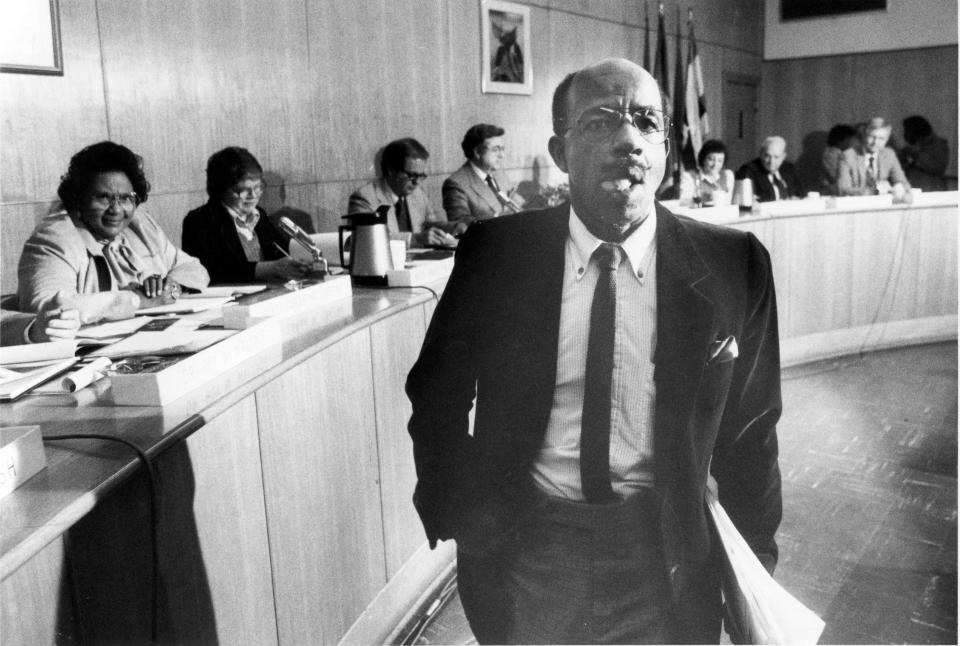
In the 1980s, members of Black communities and leaders led the renaming movement across the country.
Charles Mathes, a teacher at Austin High School and Austin-East High School for more than 25 years, advocated renaming East Vine and McCalla avenues after King for years.
“(Mathes) came up in a different era and a different racial climate in the United States so he felt very strongly about it,” said Anna Dirl, one of the local leaders who banded together to bring his wish to fruition.
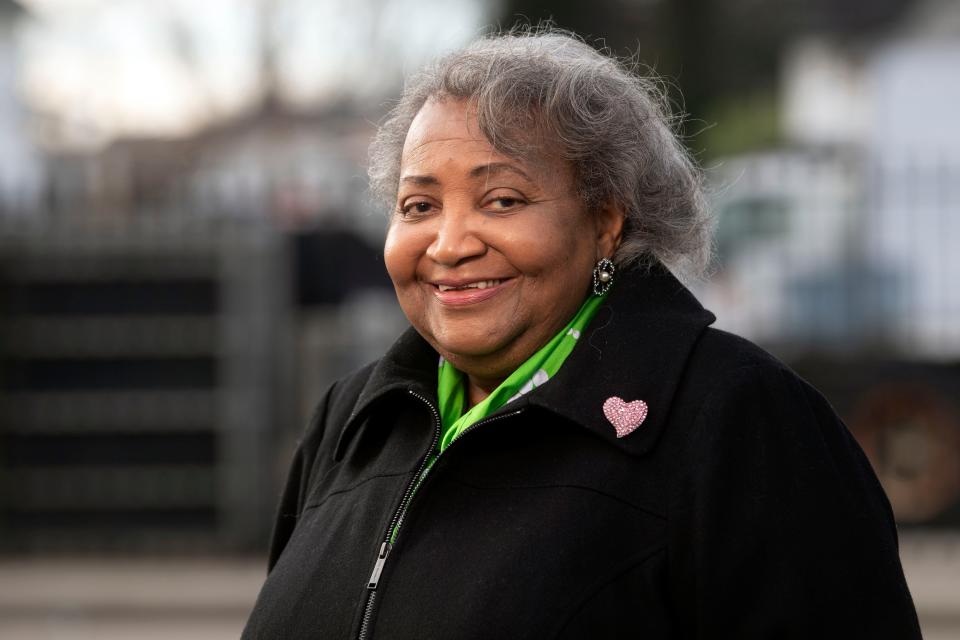
In 1982, the time seemed right. The MLK Commemorative Commission began organizing annual events that year to honor King's legacy in the Knoxville area. The commission is celebrating its 40th anniversary this year.
“We wanted to make sure that the community was very involved in the celebrations of Dr. King in the city and renaming East Vine to Dr. Martin Luther King Jr, Ave. was just one of those ways we thought would be fitting due to the history of Vine Avenue,” Dirl said.
Before urban removal destroyed Black businesses and displaced Black residents, Vine Avenue ran through what were once vibrant and bustling Black neighborhoods in East Knoxville.
“This is where our Black churches were located, Black businesses, and Black funeral homes,” Dirl said. “It was the hub and the center of the Black community at that time so we thought it would be a prime street that we could get renamed after Dr. King.”
The Rev. Harold Middlebrook, a prominent pastor and community leader in Knoxville, was at the forefront of advancing some of the city’s most pressing civil rights issues. He told Knox News he knew it would take more than talking to make the project a reality.
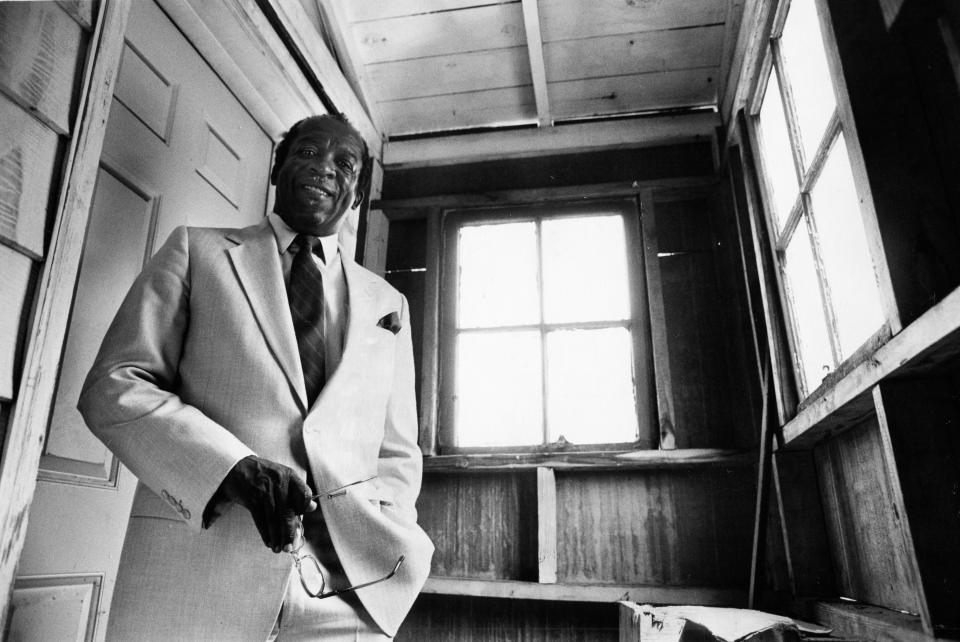
Middlebrook, Dirl, Lewis, Jonathan Lang and Mark Rigsby were all a part of what Middlebrook calls "walking the walk."
“We had to do more than sit around talking about it," Middlebrook said. "No matter how much we wanted this to happen we knew this wasn’t going to happen by anyone just making the decision. We had to do something."
Getting things done in overlooked Black neighborhoods often requires pressure and strategy. Knoxville was no exception.
“In 1988, we walked that entire street that ran through the Burlington area, all the way down to what is now Summit Hill, having the people to sign the petition to change the name of the street," Middlebrook said. "We went to every door."
Like most movements, they faced opposition.
"We had two or three who cursed us out and told us they were not going to sign it,” Middlebrook said. “We had a man in the Burlington area change the entire entrance to his building to the side street because he did not want to be listed on Martin Luther King Jr. Avenue.”
Renaming streets a memorial to civil rights movement
That opposition comes from the desire to protect one’s turf, Alderman said.
“Street names are powerful symbols of identity, and some people are very unwilling to give up that identity,” Alderman wrote in a 2013 column for the University of Tennessee. “It’s about protecting space, which can be a racial issue. It’s a protection of racial boundaries and racial power.”
That opposition to naming America’s streets after civil rights leaders taught communities the importance of grassroots-led movements.
"Community mobilization is in and of itself is a memorial to the civil rights movement,” Alderman said. “So we have this interesting moment where we are remembering Dr. King by the renaming of these streets, but we are actually carrying out the remembering by using the very tools that the civil rights movement had, in fact, taught all of us, and that's the importance of marginalized people claiming a voice within their local government."
Middlebrook and local leaders did just that, walking the streets for four or five days and asking for signatures from every property owner and tenant who would be impacted by the change.
“We had no idea at that time that this would be a part of history,” Middlebrook said.
The organizers delivered a petition with hundreds of signatures to the Metropolitan Planning Commission and Knoxville City Council in January 1989. The proposal to change East Vine Av to Martin Luther King Jr. Avenue passed unanimously and became official in November.
Mark Rigsby, community outreach manager for the city of Knoxville at the time, told Knox News he was proud of their efforts.
“As a part of Victor Ashe’s administration, I can say that he was very proud of that during his term and we were happy that it received such overwhelming support," Rigsby said.
History of streets named after King goes back decades
Chicago became the first city to rename a street after King in 1968, just months after his assassination. Today, more than 900 streets can be found in 41 states in neighborhoods rural and urban, residential and commercial, large and small.
Seventy-eight percent are found in Southern states.
Georgia – 136
Texas – 112
Mississippi – 98
Florida – 96
Louisiana – 91
Alabama – 75
North Carolina – 60
Arkansas – 28
South Carolina – 27
Kentucky – 25
Tennessee – 16
Virginia - 13
The renaming movement got traction nationwide in the 1980s when King's birthday was made a federal and state holiday.
"The idea was that the holiday brought a great deal of official legitimacy to King's reputation and in doing so a lot of communities felt like we have this holiday for King but we need a more permanent and physical way of remembering him," Alderman said.
Street renamings for King have continued to present day. Memphis named its first street after King in 2012, 44 years after he was killed supporting sanitation workers in the city.
Knoxville's road to resiliency
Despite the change, Middlebrook said their intentions for Martin Luther King Jr. Avenue in Knoxville didn't take off the way they hoped.
Many streets across the country named for King run through underserved neighborhoods that don't get resources or redevelopment.
In 2020, Alderman wrote that neighborhoods with streets named for King reflect both the resiliency and precariousness of Black American life. Cities and governments have not made investments in or given attention to the communities. Yet they’re incredible centers of community identity and hold long histories of Black expression.
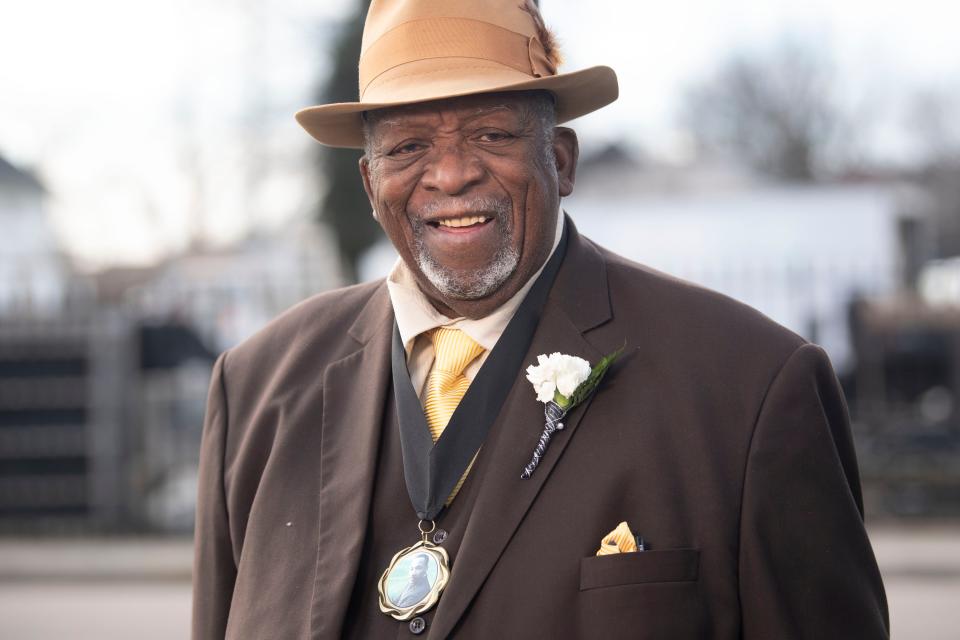
"What we need to do in our country is address in a very structural way what we can do to improve life and opportunity on streets that bear King's name, to make sure they are a suitable memorial to King,” Alderman said. “But we also need to always be mindful of the tremendous assets and tremendous communities that are found along these streets.
"We need to do a better job of not just recognizing the struggle and problems that exist, but there's also tremendous entrepreneurs and solutions that exist along those streets as well."
In Knoxville, the issues happening around Martin Luther King Jr. Avenue don't deter the Black residents who dwell there from taking pride in their community.
Austin-East Magnet High School, The Love Kitchen, WJBE Radio and Jarnigan and Son Mortuary are all longstanding staples in the Black community that continue to thrive on the thoroughfare.
"Some of us who were originally involved still have the desire and hope to see Dr. Martin Luther King Jr. Ave. develop into a real meaningful street that has businesses, educational opportunities, and all kinds of positive things going on that will encourage our young people," Middlebrook said.
In 2020, a younger generation of activists banded together to have a Black Lives Matter mural painted on the street in front of Austin-East.
Middlebrook hopes the younger generations will continue to be the change, to become owners and entrepreneurs in their communities. And he called for local leadership to invest in developing Black neighborhoods in Knoxville, including along Martin Luther King Jr. Avenue.
Despite where things stand, he still has hope.
"All of us must work together to make all of our neighborhoods what they can and ought to be,” Middlebrook said.
This article originally appeared on Knoxville News Sentinel: How Martin Luther King Jr. Avenue in Knoxville got its name

